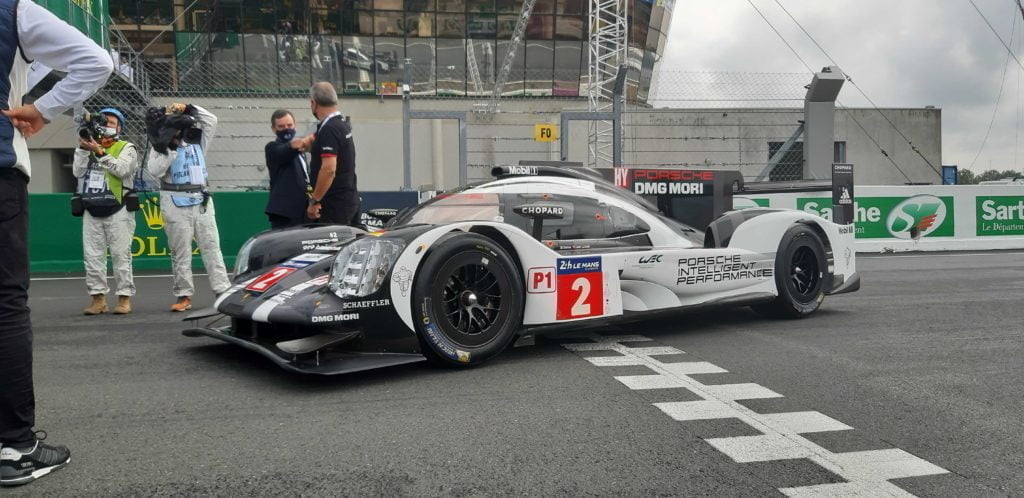In the build-up to the 2020 24 Hours of Le Mans many wondered what the biggest race in endurance would look like without the 200,000+ fans in attendance. On Saturday, we got the answer.
In a way, it didn’t actually feel all that different. Perhaps that is down to the organisers sticking to the traditional schedule without changes to make the event seem as ‘normal’ as possible.
As is usual with Le Mans, there was a lot of pomp, circumstance and build-up. This all started some two-and-a-half hours before the green flag. As part of the proceedings, Porsche officially donated the 2016 overall winning 919 Hybrid to the Le Mans Museum, which was a great chance to catch a rare glimpse of one of the great cars of Le Mans’ rich history.
In what perhaps felt as a rather fitting LMP1 greatest hits parade, the Peugeot 908 was then rolled out for the company’s CEO Carlos Tavares to drive during the parade lap. As this was the final 24 Hours of Le Mans with LMP1 as the top class, there was a beautiful significance to it.
Credit where credit is due for the ACO: the decision to keep all of the pre-race ceremony as if it were a ‘normal’ race seemed to work. The event would have felt very naked without it, so it was a good decision. Despite that, one could not help but think ‘who is this for?’ while stood outside the media center watching the army helicopter hovering over the track to deliver the French flag for the start of the race.
Once the racing did eventually get underway, the lack of fans sort of faded away. That’s the big advantage that motorsport tends to have over other sports: the racing action, if captured correctly, should be enough on its own to overshadow any lack of spectators.
And yet, sometimes, the elephant in the room could still be felt. Looking out of the media center window as the cars drove out of the Ford chicanes with a backdrop of a desolate grandstand served as a brief but fierce reminder of the reality of the situation.
Where it was felt most, however, was after the race. Watching the race winners celebrate without the typically packed pitlane and grid really was something of a sight for sore eyes.
The 2020 24 Hours of Le Mans will go down as a very unusual edition of the French endurance classic, a fact that really hit home upon leaving the track for the last time. Typically, after Le Mans is over, the front entrance is a busy place, with people leaving, cars queueing up and the distant sounds of packed campgrounds.
Not this time. Upon walking out the front gate, it was empty and quiet aside from just a few museum visitors. The Circuit de la Sarthe was silent, almost as if we didn’t just have 24 hours of racing.
The 2020 24 Hours of Le Mans is a race that will go down in history as probably the most unusual one ever held. Let’s return to normal in 2021.













Discussion about this post